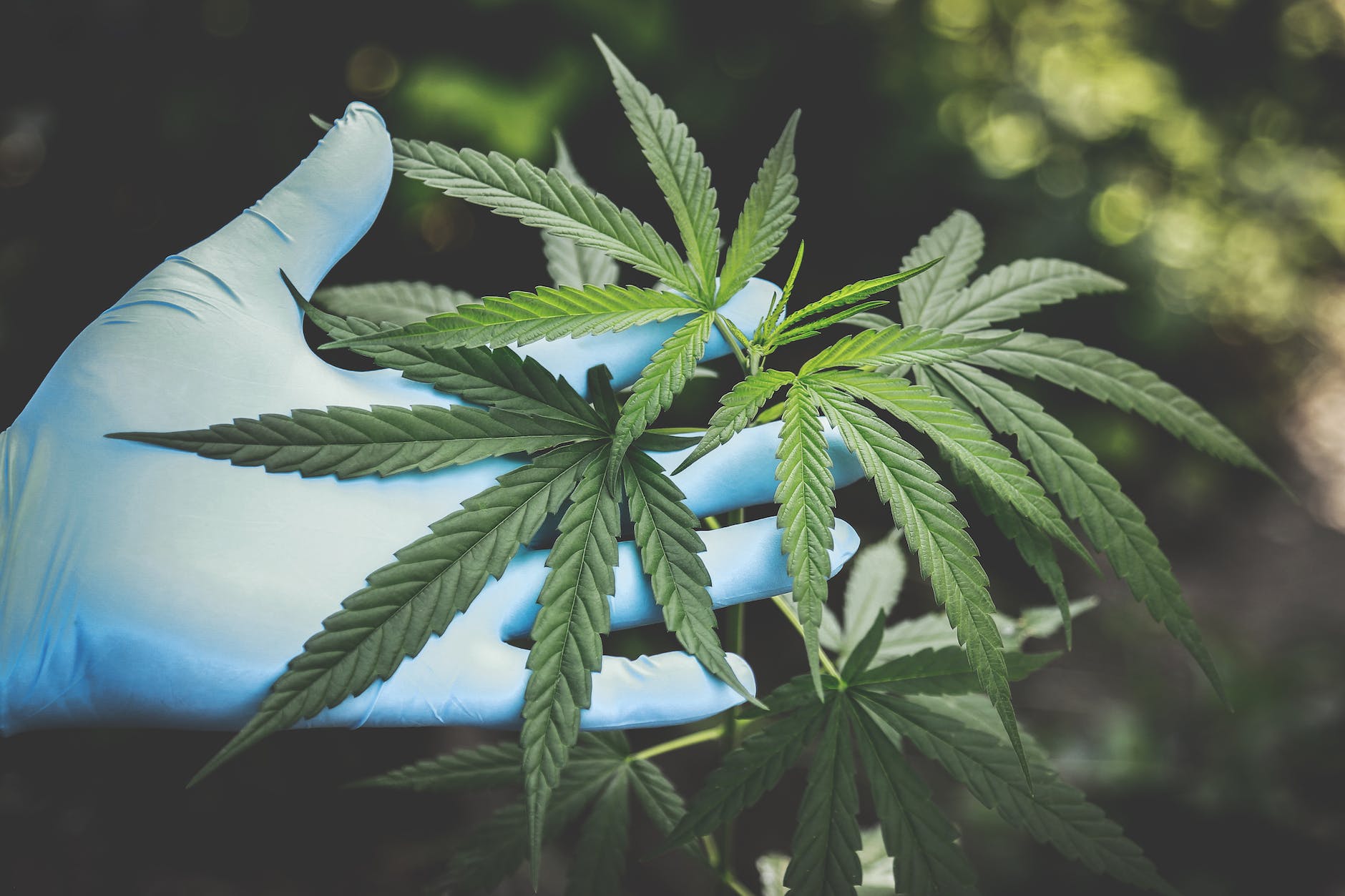
CBD
The CBD industry is rapidly growing and making waves in the wellness world. You might have noticed an array of CBD products lining the shelves of your local health food store or popping up in your online shopping searches. But let’s face it, with a market that’s expanding so fast, there must be a significant disparity in the quality across the wide range of options available. Some of these are top-notch, others are…well, not so much.
Now, here’s the thing: the CBD industry is still relatively new, and, unfortunately, it’s not uniformly regulated. This means standards can vary widely from one product to another. But don’t worry; there’s a way you can navigate this landscape with confidence: with third-party lab testing!
So, what does it involve?
What is 3rd Party Lab Testing?
Third-party testing is the process where a neutral, independent hemp testing lab conducts a series of tests on a CBD product. The goal? To verify the contents and quality of the product. And the best part? These labs have no affiliation with the CBD companies, so you can trust that they don’t have a horse in the race. They’re just there to give you the facts straight up.
Once the testing is complete, the lab issues a Certificate of Analysis, or a COA for short. This document is the golden ticket. It provides a detailed rundown of what exactly is in the product, right down to the cannabinoid and terpene levels, and even if there are any potential contaminants.
So, where can you find these COAs?
Some CBD product manufacturers include them on their websites, while others may send them to you upon request. If you can’t find the COA for a product, don’t hesitate to reach out to the manufacturer. A reputable CBD company will always be open about its lab testing and eager to prove the quality of its products.
Key Aspects of Lab Test Results
When you look at a lab report, you’ll come across several crucial components, including the cannabinoid profile, contaminants testing, terpene profile, and residual solvent testing. Sound complex? Don’t worry; we’re going to break down each one.
Cannabinoid Profile
Cannabinoids are the active compounds found in the cannabis plant, and each one has different effects on the body. The most well-known cannabinoids are probably CBD (Cannabidiol) and THC (Tetrahydrocannabinol), but there are over 100 more.
When you look at a lab report, you’ll see a list of cannabinoids along with their concentrations. Some products are ‘Full Spectrum‘, meaning they contain a wide range of cannabinoids, including a bit of THC.
Then there are ‘Broad Spectrum’ products, which also have multiple cannabinoids but no THC. Finally, there are CBD Isolate products, which, as the name suggests, contain only CBD.
Contaminants Testing
Contaminants in your CBD products? Yeah, we don’t like the sound of that either. This is why labs test for potential contaminants like pesticides, heavy metals, and microbial organisms. You want your report to show a “Pass” for this section – that’s your sign that no harmful levels of these substances were found.
Terpene Profile
Next up on your lab report, you’ll see something called a terpene profile. Terpenes are organic compounds found in many plants, including cannabis, and they’re what give plants their unique aromas and flavors.
But terpenes do more than just smell good. They can also work together with cannabinoids to enhance the benefits of your CBD product, a phenomenon known as the “entourage effect”. So, check out that terpene profile and see what’s in store for your senses and wellness.
Residual Solvent Testing
Lastly, your lab report should include a residual solvent test. CBD is often extracted from the cannabis plant using certain solvents, and while these are usually evaporated out of the final product, sometimes traces can linger.
This test makes sure that any solvents left behind are within safe limits. If the report reads “Pass” for residual solvents, you can rest easy knowing there aren’t any harmful amounts in your product.
Red Flags to Look for in Lab Reports
As you grow more comfortable with reading lab reports, you’ll also want to keep an eye out for certain red flags. These are tell-tale signs that something might not be quite right with the product or the company.
Incomplete Lab Reports
A complete lab report should cover everything we’ve just talked about – cannabinoid and terpene profiles, residual solvents, and contaminants. If any of this is missing, be wary. Transparency is key in the CBD industry, and a full report shows a company is committed to providing high-quality products.
Outdated Reports
Companies should regularly test their products, and their lab reports should reflect this. If the report you’re looking at is over a year old, it’s a good idea to ask for a more recent one.
Inconsistent Results Across Different Batches
Consistency is another crucial factor in quality. If you’re seeing major differences in the cannabinoid profiles or contaminants across different batches of the same product, that could be a sign of inconsistent quality control.
Any “Fail” Result in the Contaminants Testing
We can’t stress this enough – a “Fail” in the contaminants section of the report is a major red flag. You don’t want pesticides, heavy metals, or harmful microorganisms in your CBD products. If you see a “Fail”, steer clear of that product.






